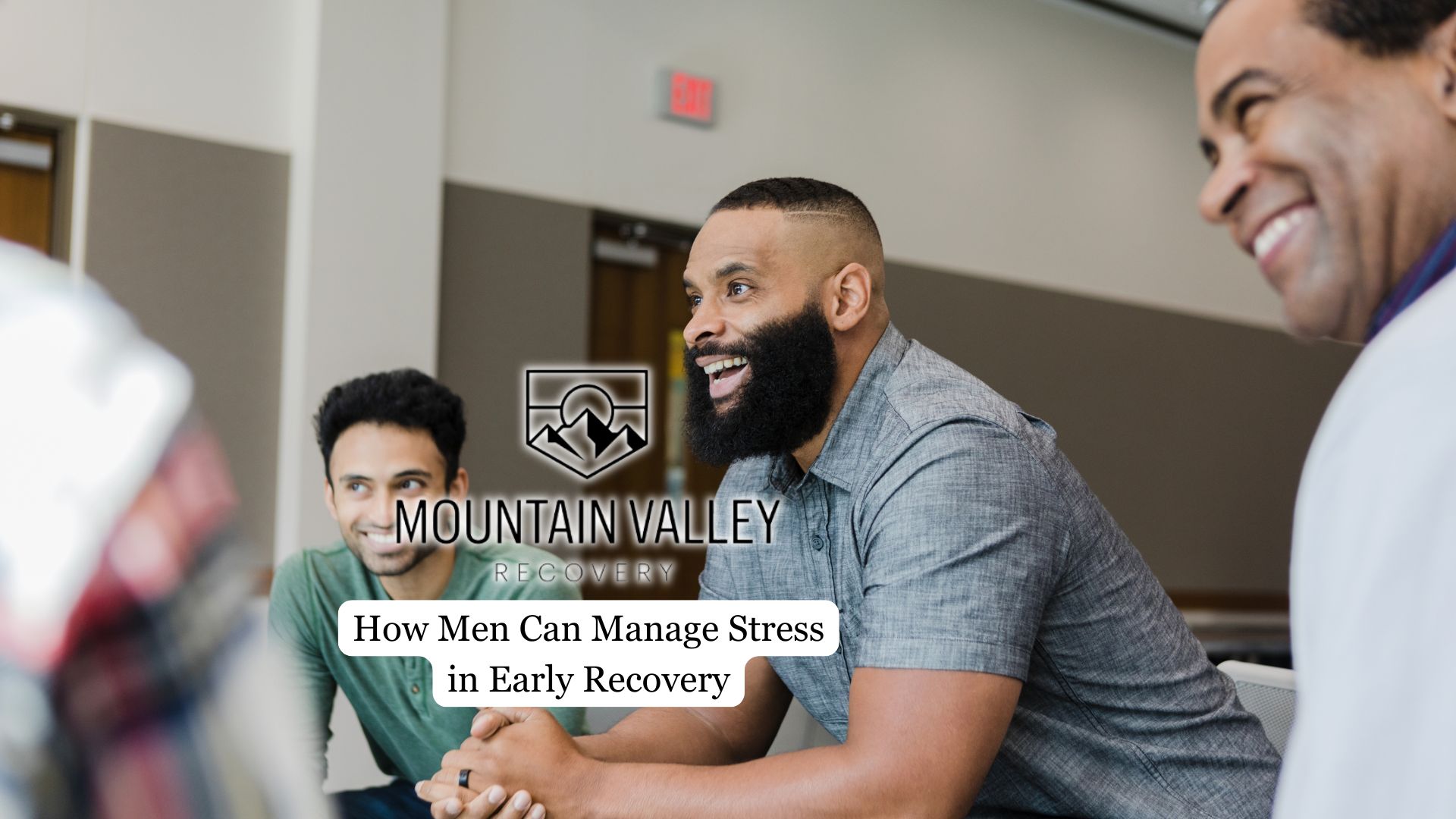While Precocet and Oxycodone are both narcotic-based pain relievers and used to manage moderate to severe pain, they differ in composition, risks, and medical applications. Understanding these differences is vital not only for safe use but also for recognizing when medical supervision or alternative treatment may be needed.
This article examines the mechanisms of action, similarities, and differences of each medication, as well as the potential risks associated with misuse. It also provides insight into why awareness of proper dosage, prescription duration, and potential dependency risks can make a significant difference in preventing addiction and supporting long-term well-being.
Understanding the Connection Between Percocet and Oxycodone
Each drug contains a substance that binds to receptors in the brain and spinal cord, reducing discomfort. However, the addition of acetaminophen in combination drugs enhances pain relief while introducing potential liver-related risks.
This difference affects how long the medication lasts and how it’s prescribed. Pure narcotic formulations are typically used for long-term pain, while combination versions are intended for short-term relief. For men facing dependency, a specialized men-only Percocet addiction treatment program provides focused recovery that addresses physical, emotional, and behavioral needs, helping clients build lasting sobriety and confidence before returning to everyday life.
What Is Oxycodone?
This semi-synthetic medication is derived from thebaine and is designed to provide significant relief by changing how the nervous system processes pain. It works by attaching to specific receptors in the brain, reducing both the sensation of pain and the emotional response to it. Due to its potency, it is prescribed only when other treatments are insufficient, such as after surgery, serious injury, or during cancer treatment.
It comes in two main forms: immediate-release, which acts quickly but lasts only a few hours, and extended-release, which delivers relief for up to 12 hours. While effective for severe pain, prolonged or improper use can cause tolerance, dependence, and withdrawal symptoms, which is why close medical supervision is essential.
What Is Percocet?
This combination medication blends a narcotic with a non-opioid pain reliever (Tylenol). The dual-action approach helps relieve pain through two mechanisms: the narcotic provides strong relief, while the added ingredient enhances that effect by reducing inflammation and fever. Because of this potency, it is generally considered stronger than other commonly prescribed drugs such as hydrocodone, making it highly effective for short-term pain after surgery or injury.
However, the added medication introduces its own risks. High doses can lead to liver toxicity, particularly if combined with alcohol or other medications containing similar ingredients. Doctors usually prescribe this medication for short durations to avoid both dependence and liver damage. Patients requiring ongoing pain management are often switched to single-ingredient narcotics to minimize these risks.

Risks and Side Effects
Both single-ingredient and combination narcotics can cause side effects that vary depending on the dose, duration of use, and the person’s overall health. Common effects include drowsiness, nausea, dizziness, and constipation. More serious side effects, like slow breathing, confusion, or fainting, indicate overdose risk and require immediate medical attention.
Combination medications with acetaminophen carry an additional risk of liver damage if taken in excessive amounts. Long-term use of narcotics also affects brain chemistry, often leading to mood disorders, anxiety, or depression. Once dependence forms, stopping the medication abruptly can cause withdrawal symptoms, making professional guidance essential when discontinuing use.
Misuse and Addiction Potential
These drugs are classified as Schedule II controlled substances, meaning they have accepted medical use but also carry a high risk of abuse. Misuse can begin with taking extra doses for relief or using the medication for non-medical purposes, such as to achieve euphoria.
Addiction often develops gradually. Tolerance builds, requiring higher doses to feel the same effects, leading to dependency and cravings. Those struggling with misuse may engage in doctor shopping or turn to illicit sources of medication. Recognizing signs of misuse, such as changes in behavior, secretive habits, or withdrawal from family and friends, is critical. Early intervention can prevent addiction from worsening and save lives.
Treatment for Opioid Addiction
Treatment focuses on addressing both the physical dependence and the psychological challenges that accompany it. The first phase usually involves medical detox to manage withdrawal symptoms safely under supervision. Medication-assisted treatment (MAT) may follow, using FDA-approved medications like buprenorphine or methadone to reduce cravings and normalize brain function.
Therapeutic approaches such as cognitive-behavioral therapy (CBT), group sessions, and family counseling help individuals understand their triggers and rebuild healthy coping mechanisms. At Mountain Valley Recovery, treatment plans are tailored to each person’s needs, combining clinical care with emotional support. Education about relapse prevention and stress management empowers clients to sustain long-term recovery.
Final Thoughts from Mountain Valley Recovery
Although these two medications share the same pain-relieving base, they differ in their formulation and prescription. Single-ingredient options are used for ongoing, chronic pain, while combination drugs include acetaminophen for short-term management. Both can provide powerful relief when used properly, but are dangerous when misused or taken without medical guidance.
At Mountain Valley Recovery, we specialize in helping individuals overcome dependence through evidence-based, compassionate care. Our men-only addiction rehab program in Utah offers structured treatment that promotes healing and lasting recovery. If you or someone you love is struggling with misuse of prescription painkillers, seeking professional help is the safest step toward reclaiming control and rebuilding your health.





